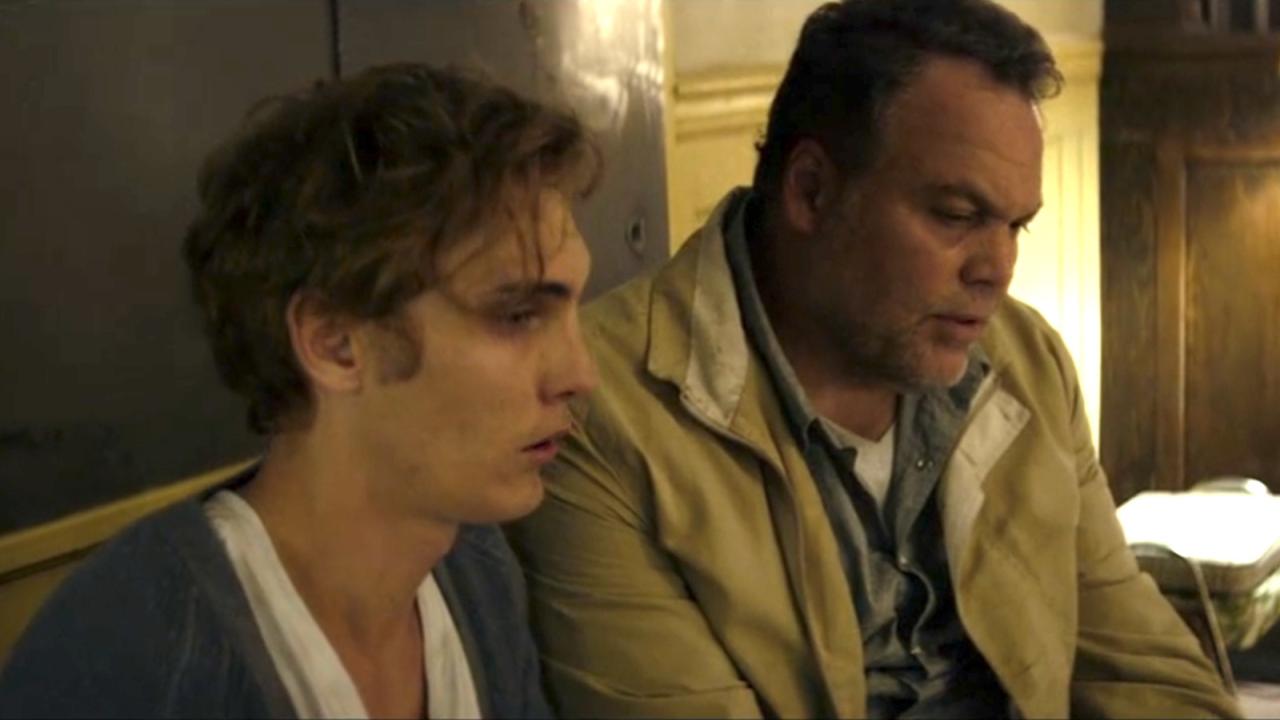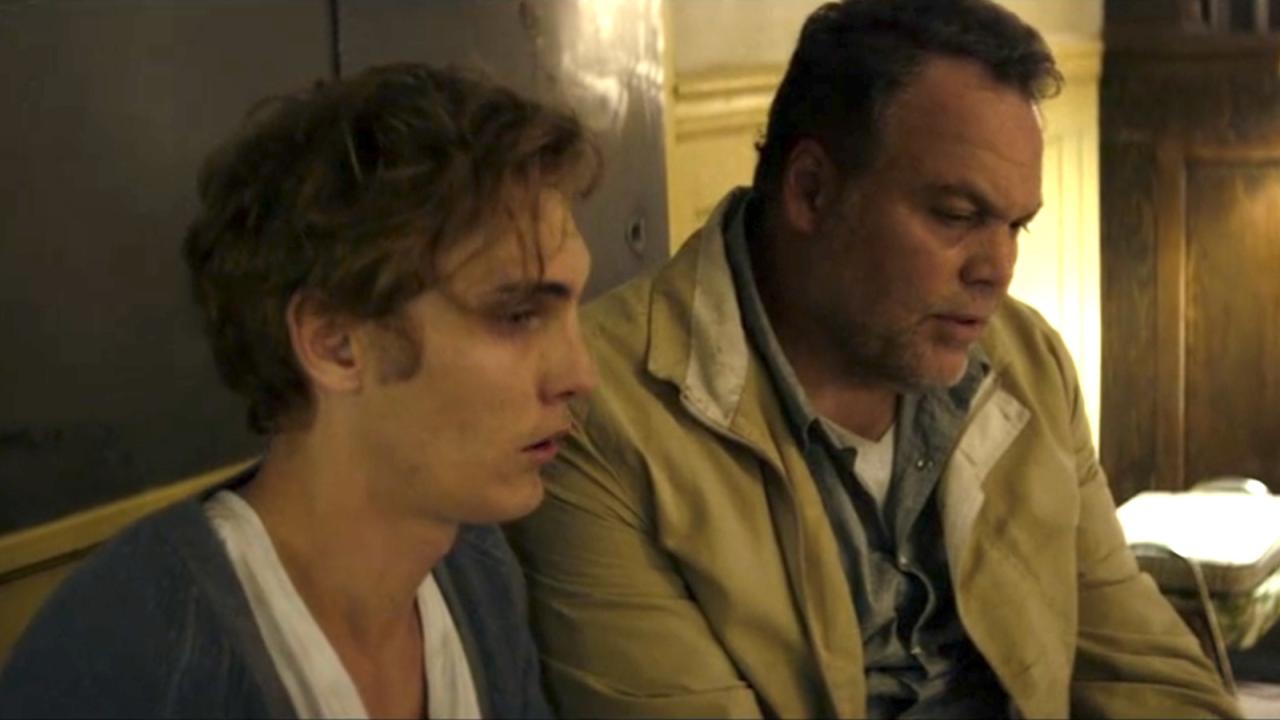Chained together endings, a storytelling technique that leaves audiences yearning for more, have captivated the world of media. From cliffhangers to open-ended conclusions, this article delves into the intricacies of chained together endings, exploring their types, advantages, disadvantages, and best practices, providing a comprehensive guide to this captivating storytelling device.
In literature, film, and television, chained together endings have left an indelible mark, leaving audiences on the edge of their seats and eager for the next installment. These endings create a sense of anticipation and suspense, keeping viewers engaged and invested in the narrative.
Introduction
Chained together ending, also known as “chain ending” or “series ending”, is a literary device where the narrative or story concludes with a series of interconnected events or revelations that lead to a final resolution. This technique is often used to create suspense, build tension, and deliver a satisfying conclusion to the plot.
In chained together endings, each event or revelation is linked to the previous one, forming a chain of cause-and-effect relationships. This structure allows for a gradual unfolding of the plot, keeping the reader engaged and eager to discover the outcome.
The final resolution often provides a sense of closure and resolution, while leaving room for interpretation and reflection.
Examples
Chained together endings are commonly used in various forms of media, including:
- Literature:In novels and short stories, chained together endings are used to create suspense and build towards a climactic resolution. Examples include “The Tell-Tale Heart” by Edgar Allan Poe and “The Great Gatsby” by F. Scott Fitzgerald.
- Film and Television:Chained together endings are often used in mystery and thriller genres to keep viewers engaged and guessing until the final reveal. Examples include the “Saw” franchise and the television series “Lost.”
- Video Games:In video games, chained together endings are used to provide multiple endings or branching storylines based on player choices. Examples include the “Mass Effect” series and “The Witcher 3: Wild Hunt.”
Types of Chained Together Endings
Chained together endings are endings that leave the story unresolved, creating a sense of suspense and anticipation for the next installment. There are several types of chained together endings, each with its own purpose and impact.
Cliffhangers
Cliffhangers are endings that leave the reader on the edge of their seat, with a major plot point or question unresolved. The purpose of a cliffhanger is to create suspense and excitement, leaving the reader eager to continue the story.
For example, in the novel The Hunger Gamesby Suzanne Collins, the ending leaves the reader wondering what will happen to Katniss Everdeen after she is chosen to participate in the Hunger Games.
Unresolved Endings
Unresolved endings leave the story open-ended, with no clear resolution to the plot. The purpose of an unresolved ending is to create a sense of ambiguity and allow the reader to interpret the ending for themselves.
For example, in the film The Usual Suspects, the ending leaves the viewer wondering whether or not Verbal Kint is really Keyser Soze.
Open-Ended Endings
Open-ended endings provide a sense of closure while still leaving room for interpretation. The purpose of an open-ended ending is to allow the reader to imagine what happens next, creating a sense of wonder and possibility.
For example, in the novel To Kill a Mockingbirdby Harper Lee, the ending leaves the reader wondering what will happen to Scout Finch as she grows up.
Advantages of Chained Together Endings
Chained together endings offer several advantages that enhance audience engagement and create anticipation. These endings connect multiple scenes or events in a sequence, building tension and keeping viewers on the edge of their seats.
Enhanced Audience Engagement, Chained together ending
Chained together endings effectively capture audience attention by creating a sense of suspense and anticipation. By withholding the resolution or outcome, viewers are compelled to continue watching to satisfy their curiosity and learn the fate of the characters.
Creation of Anticipation
These endings build anticipation by teasing the audience with glimpses of future events or potential outcomes. Each scene or event provides a small piece of information that gradually reveals the larger narrative, keeping viewers engaged and eager to see what happens next.
Examples of Successful Works
- The Dark Knight (2008):The chained together ending reveals the Joker’s plan to destroy Gotham City, leaving viewers in suspense about Batman’s ability to save the day.
- Inception (2010):The ending leaves the audience questioning the reality of the characters’ experiences, creating a sense of uncertainty and intrigue.
- The Matrix (1999):The ending scene shows Neo choosing to fight the machines, setting up a highly anticipated sequel.
Disadvantages of Chained Together Endings
While chained together endings can offer advantages in storytelling, they also come with potential drawbacks. One of the main disadvantages is the risk of creating confusion or frustration for the audience.
When multiple endings are connected in a chain, the audience may struggle to follow the narrative or understand the overall resolution. The lack of a clear conclusion can leave viewers feeling unsatisfied or disoriented.
Examples of Poorly Executed Chained Together Endings
Several works have faced criticism for their poorly executed chained together endings. One example is the film Cloud Atlas(2012), which features six interconnected stories set in different time periods. While the individual stories are well-crafted, the film’s overall ending has been criticized for being convoluted and confusing.
Another example is the television series Lost(2004-2010), which employed a complex web of flashbacks and flashforwards to tell its story. While the series finale attempted to tie up loose ends, it ultimately left many viewers with unanswered questions and a sense of dissatisfaction.
Best Practices for Using Chained Together Endings

To effectively use chained together endings, consider the following best practices:
Crafting a Satisfying Ending
Ensure that the ending provides closure while leaving the audience wanting more. Offer a resolution to the main conflict, but leave some elements unresolved to pique curiosity and encourage further engagement.
Avoiding Common Pitfalls
- Abrupt Endings:Avoid abruptly ending the story without providing a sense of closure.
- Predictable Endings:Steer clear of overly predictable endings that fail to surprise or engage the audience.
- Overly Open-Ended Endings:While leaving some elements unresolved is important, avoid leaving the ending so open-ended that it becomes frustrating for the audience.
Ultimate Conclusion
In conclusion, chained together endings are a powerful storytelling tool that can enhance audience engagement and create lasting impressions. However, their effectiveness hinges on careful execution and adherence to best practices. By understanding the different types, advantages, and potential pitfalls of chained together endings, creators can harness their power to craft captivating narratives that leave audiences yearning for more.
FAQ Corner
What is the purpose of a chained together ending?
Chained together endings aim to create anticipation, suspense, and engagement by leaving the narrative unresolved, encouraging audiences to speculate and eagerly await the next installment.
What are the different types of chained together endings?
Common types include cliffhangers, which abruptly end on a moment of tension or uncertainty; unresolved endings, which leave major plot points or character arcs open-ended; and open-ended endings, which provide some closure while leaving room for interpretation and imagination.
How can chained together endings enhance audience engagement?
By creating a sense of anticipation and curiosity, chained together endings keep audiences invested in the narrative, eager to discover the resolution and explore the possibilities.

